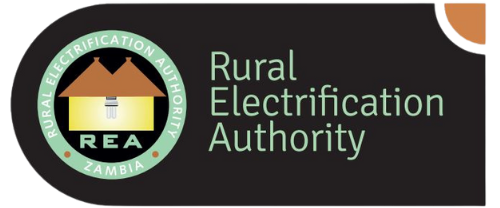- Stand No. LN15087/2, Great North Road, Lusaka, Zambia
- +260-211-241296
- info@rea.org.zm
FREQUENTLY ASKED QUESTIONS
What would you like to know?
FAQ
Got a Question?
We are here to answer your questions through this FAQ
The Rural Electrification Authority (REA) was created through the Rural Electrification Act No 20 of 2003. REA is the Governments Special Purpose Vehicle for implementing the Rural Electrification Program in Zambia.
REA has three main sources of funding. These are:
- Money appropriated by Parliament on an annual basis.
- 3% electricity levy
- Grants, loans and donations
REA uses three main technologies to implement its mandate.
Extension of the national grid
Construction of Solar Mini Grids & standalone Solar Home Systems
Construction of Mini Hydro Power Stations
REA uses the Rural Electrification Master Plan (REMP) as guide on which projects to undertake and what electrification methodology to use.
A Rural Growth Center (RGC) is a social or/and economic focal point that has the potential to grow once the infrastructure is connected to power. An RGC may comprise of schools, clinics, storage sheds, markets and police posts. 1,217 RGCs are earmarked for electrification between now and the year 2030 in the REMP.
Yes, REA officers are educating and sensitising the intended beneficiaries in the rural areas on REA programs as well as on how to safeguard the infrastructure against vandalism, how to effectively install the internal wiring and on productive uses of power.
Zambia has great hydro and Solar energy potential and vast land to facilitate plantations for development of Biomass gasification power plants.
The gasification technology uses biomass waste material as feedstock to a gasifier that produces a gas which is then refined and fed into a power engine to produce electricity
REA would need approximately Fifty Million United States Dollars annually, to achieve the goal of making electricity available to all rural areas by the year 2030.
Electricity is the backbone and driving force of any productive economy and rural electrification presents an opportunity to boost various economic activities in Zambia such as agriculture, commerce and small scale industries. Therefore, with the advent of electricity REA expects the beneficiaries to enjoy improved living standards, medical care, agricultural production among others as well as exploit diverse productive business ventures as well.
The initial targets are public institutions and the beneficiary communities are expected to connect to the infrastructure.
